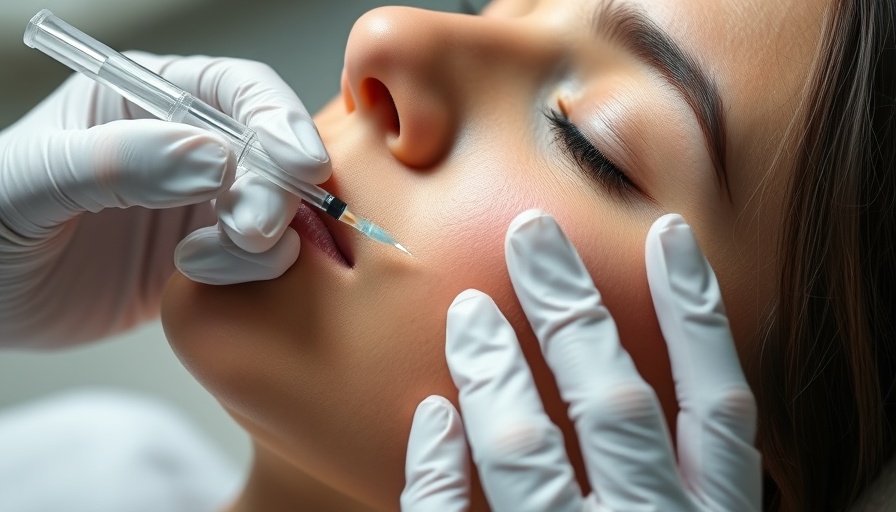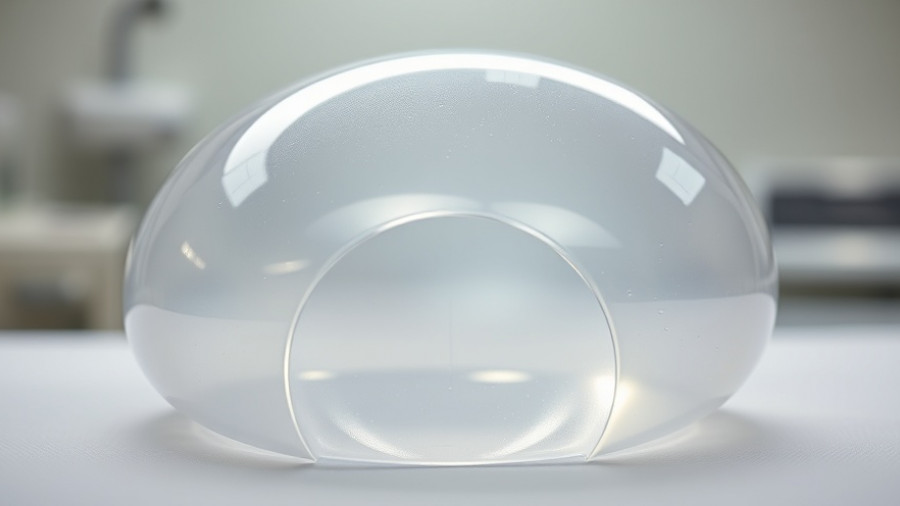
The Latest Breakthrough in Botulinum Toxin Treatments
In the evolving field of cosmetic procedures, understanding the nuances between different formulations of botulinum toxin A (BoNT/A) is crucial for both practitioners and patients. A recent study published in JAMA Dermatology has shed light on the comparative efficacy of four major BoNT/A formulations used in treating glabellar lines, commonly known as frown lines. This study, which involved 143 women aged 30 to 65, highlights the different onset times and effectiveness of these formulations, providing valuable insights for anyone considering cosmetic treatments.
Comparative Study Overview
The study conducted a double-blind, single-center evaluation where participants were randomly assigned to one of four treatment groups: onabotulinum toxin A (OBoNT/A), abobotulinum toxin A (ABoNT/A), prabotulinum toxin A (PBoNT/A), and incobotulinum toxin A (IBoNT/A). Each participant received specific units injected into their glabellar region, followed by assessments using dynamic 3-D photogrammetry at intervals of 3, 30, 90, and 180 days post-treatment.
Results That Matter: Speed of Onset
The findings revealed that both ABoNT/A and PBoNT/A show the fastest clinical onset of effects, detectable as early as three days after administration. This contrasts significantly with OBoNT/A, which, while standard, does not exhibit the same rapid results. By 180 days, PBoNT/A and IBoNT/A continued to show sustained efficacy, while ABoNT/A maintained a lead in terms of promptness, making it a preferred option for patients seeking immediate results.
Practical Implications for Patients
Understanding these differences is not just for academic purposes. Patients seeking quick results for social events or special occasions may benefit from the faster onset of ABoNT/A or PBoNT/A. For aesthetic practitioners, this study emphasizes the importance of tailoring treatments to meet patient expectations. The fact that FACE-Q module scores indicated improvements across all toxin types further underscores the positive experiences patients can anticipate.
Long-Term Considerations in Botulinum Toxin Treatments
When evaluating longevity, all formulations delivered noticeable improvements relative to their respective baselines six months post-treatment. However, the study established that while immediate effects might vary, the peak effectiveness appeared similar across all toxins. This indicates that while patients may prioritize speed, the long-term results may not differ as drastically as initially perceived.
Insights for Aesthetic Professionals
For aesthetic professionals, the findings of this study promote a nuanced approach to recommending botulinum toxin treatments. Understanding the pharmacodynamics of each formulation allows for better patient education and more informed decisions during consultations. It also creates an opportunity for discussions around setting realistic outcomes based on each individual’s aesthetic goals.
Future Trends in Aesthetic Treatments
As technology and research advance, the next phase in aesthetic medicine may focus on tailoring treatments even further, considering not just the effects but also individual variations in metabolism and lifestyle. As more data accumulates from such studies, practitioners could soon leverage this knowledge to optimize and customize treatments unique to each patient's biological responses.
Addressing Myths About Botox Treatments
There are common misconceptions surrounding the use of botulinum toxins, with many believing they yield significant side effects or that all brands provide similar results. However, research continuously debunks these myths by showcasing distinct responses associated with different formulations. Patients are encouraged to ask detailed questions and thoroughly discuss options with their practitioners to avoid pitfalls of misinformation.
In conclusion, as the aesthetic landscape continues to transform, being informed about advancements like those observed between ABoNT/A and PBoNT/A can make a notable difference for potential patients. Research-driven insights will ensure better decision-making processes and satisfaction in the use of cosmetic interventions.
 Add Row
Add Row  Add
Add 




Write A Comment